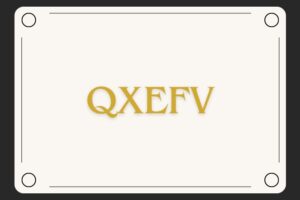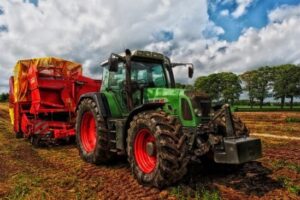Table of Contents
Construction:
hydraulic hose ferrule is an important part of the hydraulic system, It wraps the end of the hydraulic hose and combines the nipple portion of the hydraulic fittings that is inserted into the end of the hydraulic hose. This set is crimped by a crimping machine and compressed into an integration. They are known as hydraulic assembly when coupled with hydraulic hose. The degree of crimp fit is directly related to leakage at the hydraulic assembly’s end and even affects the assembly’s service life.

Type:
The hydraulic ferrule is divided into two types: skive and non-skive, depending on the shape of the teeth.
Definition:
The non-skive hydraulic ferrule does not require a skiving process to be performed on the end of the hydraulic hose prior to assembling, and after the required cleaning, the hydraulic fitting and hydraulic ferrule can be directly attached to the end and extruded through the crimping machine to obtain the assembly.
Prior to assembly, the skive hydraulic ferrule refers to peeling off the outer cover to reveal the reinforcement layer (steel wire braid or steel wire winding). so that after extrusion, the hydraulic ferrule’s ring-shaped inner teeth can bite down hard on the reinforcement layer, Skiving a hydraulic hose makes sure that the hose fitting, hydraulic adapters, and the hose have a metal-to-metal connection, which is a very reliable connection.
In some special high-pressure situations, the inner layer of rubber must also be peeled off in order to further increase the friction force and withstand greater pressure. In situations like this, a skive type ferrule and a hydraulic hose end skiving process should be used.
Difference:
In terms of tooth shape, the skive and non-skive ferrule types differ. The teeth of the skive hydraulic ferrule have a worn-down edge, whereas the non-skive type has sharper teeth. When crimped, the teeth must bite through the out cover of the hydraulic hose.
Pros and cons of skive and non-skive process
| pros | cons | |
| skive hydraulic hose | Stable, permanent connection even in high pressure occasion | Exposed to possible damage of the hose end, need time and technology Possible leads to failure caused by under or over skiving. |
| Ready to use, | ||
| convenient | in middle or high pressure application, it may cause | |
| non | .Not exposed to | leakage due to the low friction between hydraulic |
| skive | possible damage of | fitting and the end of hydraulic hose. |
| hydraulic | the hose end, | when the outer cover is thick , the teeth of the |
| hose | Not require special | ferrule can’t bite through the hydraulic hose thus it |
| machine to peel off | is not suitable for high pressure | |
| the hose |
Conclusion:
In general, non-skive hydraulic ferrules are used in low and medium pressure applications because they do not require professional technical stripping and are simple to use, whereas skived hose assemblies are used in applications where absolute reliability is required under high-pressure conditions. The force is exerted across a more stable surface because the crimp occurs directly on the wire braiding or spiral. When done correctly, a skived hose assembly has a lower chance of failure.




